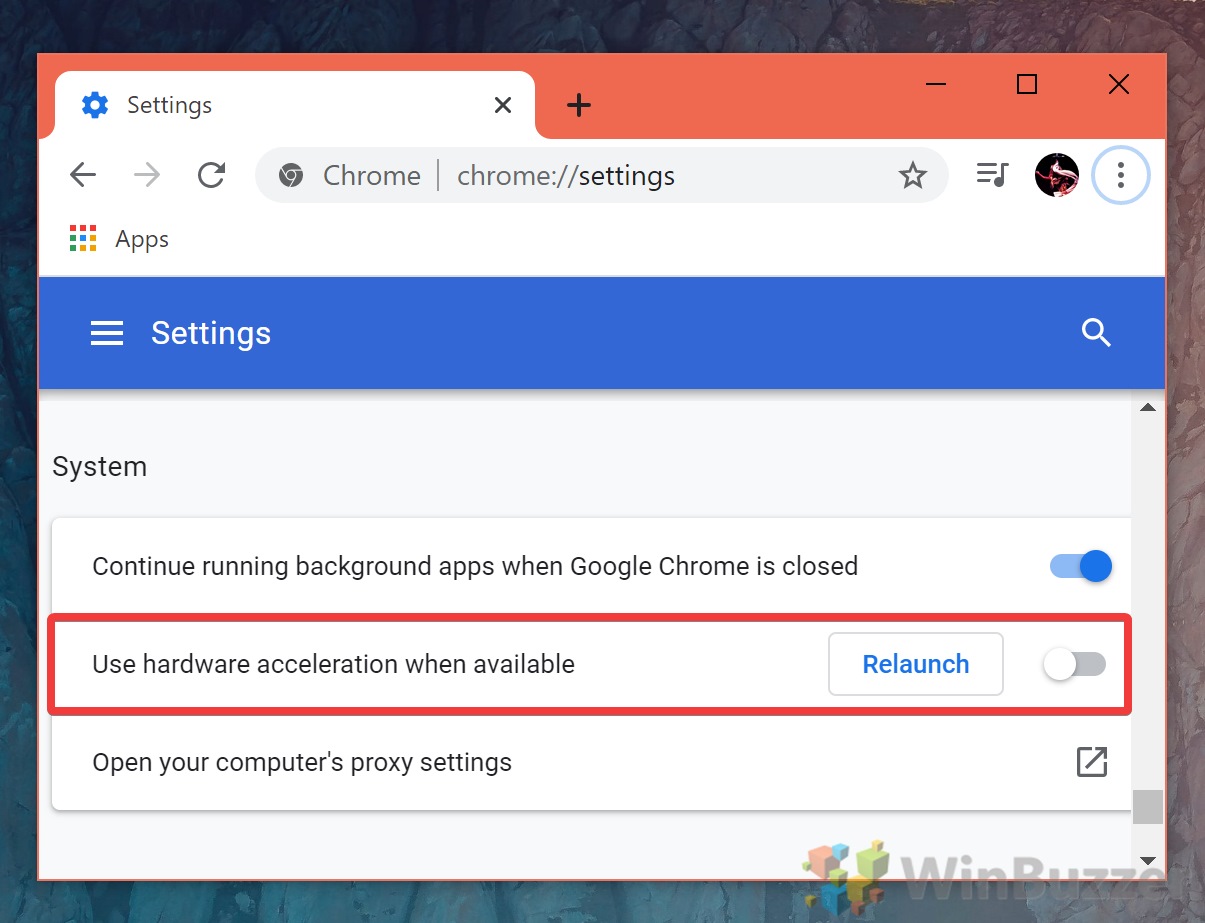How To Turn Hardware Acceleration On And Off In Chrome

"Unlock the Mystery of Hardware Acceleration in Chrome - All You Need to Know"
In this age of high-tech computing, hardware acceleration is an important feature for many users. It can make your web browsing experience faster and smoother by using your computer's hardware to help render web pages and graphics more quickly. But what exactly is hardware acceleration, and how do you turn it on and off in Chrome? This article will provide a comprehensive overview of hardware acceleration, including its history and background, key concepts, how to enable and disable it in Chrome, and more.
What is Hardware Acceleration?
Hardware acceleration is a technique used to improve the performance of certain applications. It utilizes the computing power of your computer's hardware, such as the processor and graphics card, to help render web pages and graphics more quickly. This can result in improved performance and smoother web browsing. It is supported by most modern web browsers, including Chrome, Firefox, and Safari.
History and Background
Hardware acceleration has been around since the early days of computing. In the past, it was used to improve the performance of graphical applications such as games, CAD software, and video editing software. Now, it is widely used to improve the performance of web browsers. Google Chrome was the first browser to widely support hardware acceleration, introducing it in version 9.0 in 2010.
Key Concepts and Terminology
When it comes to hardware acceleration, there are a few key concepts and terms that you should be familiar with. The first is the GPU, or Graphics Processing Unit. This is the hardware component of your computer that is responsible for rendering graphics. It is usually a dedicated chip that is separate from your processor.
Another important concept is Direct2D, or Direct2D Rendering. This is a software library that allows applications to utilize the GPU to render graphics more efficiently. The more recent version of this technology is Direct3D, which is the most commonly used version today.
Current Trends and Developments
Hardware acceleration is becoming increasingly important as web browsers become more sophisticated and require more computing power to render web pages and graphics quickly. As such, modern web browsers are beginning to make use of the GPU to improve performance. For example, Chrome recently introduced GPU-based rendering for image decoding, which has resulted in improved performance.
Notable Experts and Influencers
When it comes to hardware acceleration, there are a few notable experts and influencers in the field. One of the most prominent is Google engineer Paul Irish, who has been instrumental in the development of hardware acceleration in Chrome. He is also a member of the Chromium team, which is responsible for the development of the open source version of Chrome.
Practical Tips and Advice
Hardware acceleration can be an important tool for improving your web browsing experience. To enable it in Chrome, simply open the browser, click on the menu icon in the upper-right corner, and select "Settings" from the drop-down menu. From there, scroll down to the "System" section, and enable the "Use hardware acceleration when available" checkbox. To disable it, simply uncheck the box.
Conclusion
Hardware acceleration is an important feature for many users, as it can make your web browsing experience faster and smoother. It utilizes the computing power of your computer's hardware, such as the processor and graphics card, to help render web pages and graphics more quickly. This article provided an in-depth overview of hardware acceleration, including its history and background, key concepts and terminology, current trends and developments, notable experts or influencers in the field, and practical tips or advice for readers. With this information, you should now have a better understanding of how to turn hardware acceleration on and off in Chrome.
:max_bytes(150000):strip_icc()/003_hardware-acceleration-in-chrome-4125122-5c199df146e0fb0001ac438c.jpg)
Image :
lifewire.com
Detail Info Video
If you're interested in the subject explored in this write-up, I advise viewing the attached video. In this video, you'll gain additional understandings and knowledge on the subject, as well as visual aids of some of the main ideas and notions covered in the write-up. You'll also have the opportunity to hear from professionals in the industry and interact with like-minded viewers who are enthusiastic in the same subject. Whether you're hoping to enhance your comprehension of the subject or simply wish to explore it further, this video is a helpful resource for anyone enthusiastic in acquiring more information. So, if you want to obtain a broader perspective of the subject, make sure to watch the video below. It's sure to give you the perspective and knowledge you need to expand your understanding and expertise.
As we conclude, About this topic How To Turn Hardware Acceleration On And Off In Chrome our hope is that you have found the insights presented valuable and beneficial. We understand that our surroundings is constantly evolving, and staying up-to-date with current advancements could be challenging. That's why we strive to present our readers with the most informative information possible. We value your feedback is vital to us, therefore kindly be sure to leave comments in the section below. Thank you for your readership and encourage you to check out other articles on our website to widen your knowledge even more. Thank you for being a valued reader of our community!
Post a Comment for "How To Turn Hardware Acceleration On And Off In Chrome"